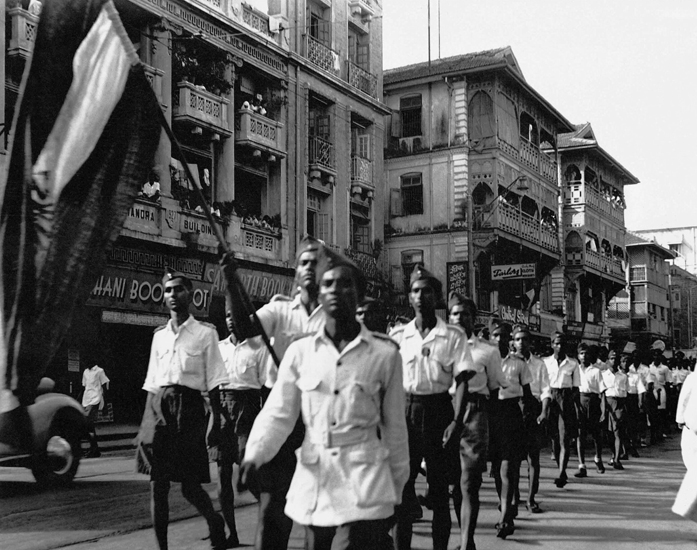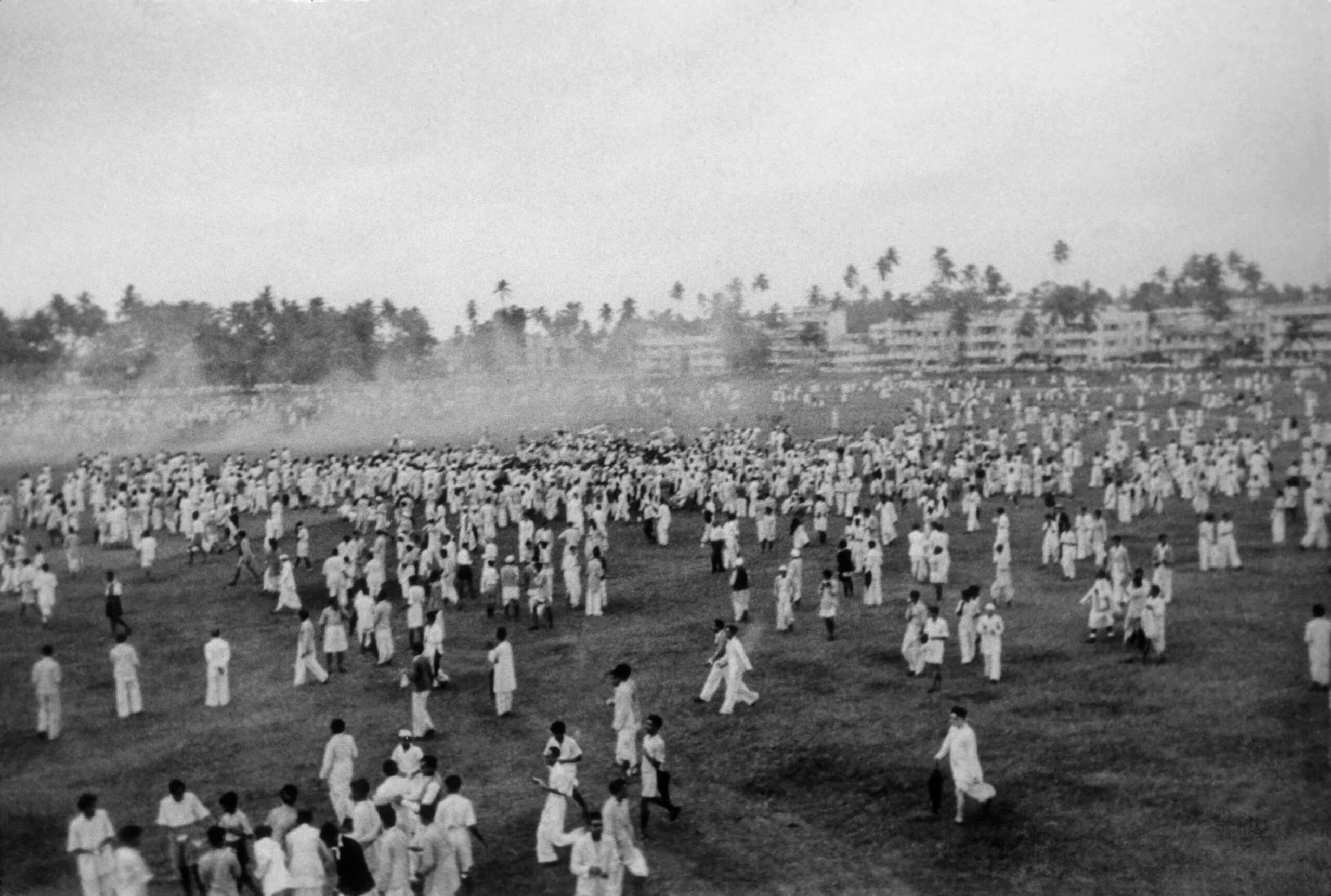
Some men changed their times...
One man changed the World for all times!
Comprehensive Website on the life and works of
Mahatma Gandhi
+91-23872061
+91-9022483828
info@mkgandhi.org

+91-23872061
+91-9022483828
info@mkgandhi.org
How Quit India movement gave a new direction to India’s freedom struggle |
 On August 8, 81 years ago, Mahatma Gandhi gave the call for British colonisers to “Quit India” and for the Indians to “do or die” to make this happen. Soon after, Gandhi and almost the entire top Congress leadership was arrested, and thus began a truly people-led movement in our freedom struggle, eventually quelled violently by the British, but leaving behind a clear message – the British would have to leave India, and no other solution would be acceptable to its masses. What led to the events of August 1942While factors leading to such a movement had been building up, matters came to a head with the failure of the Cripps Mission. The World War II was raging, and a beleaguered British needed the cooperation of their colonial subjects in India. To this end, in March 1942, a mission led by Sir Stafford Cripps arrived in India to meet leaders of the Congress and the Muslim League. The idea was to secure India’s whole-hearted support in the war, in return for self-governance. However, despite the promise of “the earliest possible realisation of self-government in India”, the offer Cripps made was of dominion status, and not freedom. Also, there was a provision of the partition of India, which was not acceptable to the Congress. The failure of the Cripps Mission made Mahatma Gandhi realise that freedom would be had only by fighting tooth and nail for it. Though initially reluctant to launch a movement that could hamper Britain’s efforts to defeat Fascist forces in the World War, the Congress eventually decided to launch a mass civil disobedience. At the Working Committee meeting in Wardha in July 1942, it was decided the time had come for the movement to move into an active phase. The Gowalia Tank address by GandhiOn August 8, Bapu addressed the people from Mumbai’s Gowalia Tank maidan. “Here is a mantra, a short one, that I give you. Imprint it on your hearts, so that in every breath you give expression to it. The mantra is: ‘Do or Die’. We shall either free India or die trying; we shall not live to see the perpetuation of our slavery,” Gandhi said. Aruna Asaf Ali hoisted the Tricolour on the ground, and the Quit India movement had been officially announced. By August 9, Gandhi and all other senior Congress leaders had been jailed. Bapu was kept at the Aga Khan Palace in Pune, and later in the Yerawada jail. It was during this time that Kasturba Gandhi died at the Aga Khan Palace. People’s movement The arrest of the leaders, however, failed to deter the masses. With no one to give directions, people took the movement into their own hands. In Bombay, Poona and Ahmedabad, lakhs of people clashed with the police on August 9. On August 10, protests erupted in Delhi, UP and Bihar. There were strikes, demonstrations and people’s marches in defiance of prohibitory orders in Kanpur, Patna, Varanasi, and Allahabad. The protests spread rapidly into smaller towns and villages. Till mid-September, police stations, courts, post offices and other symbols of government authority were attacked. Railway tracks were blocked, students went on strike in schools and colleges across India, and distributed illegal nationalist literature. Mill and factory workers in Bombay, Ahmedabad, Poona, Ahmednagar, and Jamshedpur stayed away for weeks. In some places, the protests were violent, with bridges blown up, telegraph wires cut, and railway lines taken apart. Ram Manohar Lohia, describing the movement on its 25th nniversary,wrote: “9th August was and will remain a people’s event. 15th August was a state event… 9th August 1942 expressed the will of the people — we want to be free, and we shall be free. For the first time after a long period in our history, crores of people expressed their desire to be free...” The slogan ‘Quit India’While Gandhi gave the clarion call of Quit India, the slogan was coined by Yusuf Meherally, a socialist and trade unionist who also served as Mayor of Mumbai. A few years ago, in 1928, it was Meherally who had coined the slogan “Simon Go Back”. The Quit India movement was violently suppressed by the British – people were shot, lathi-charged, villages burnt and enormous fines imposed. In the five months up to December 1942, an estimated 60,000 people had been thrown in jail. However, though the movement was quelled, it changed the character of the Indian freedom struggle, with the masses rising up to articulate as they had never before – the British masters would have to Quit India. Courtesy: The Indian Express, August 11, 2020. |